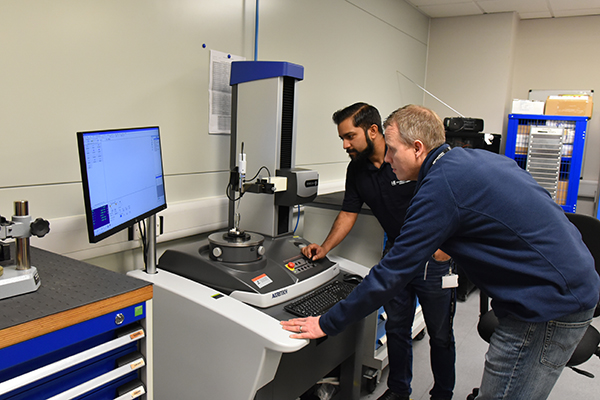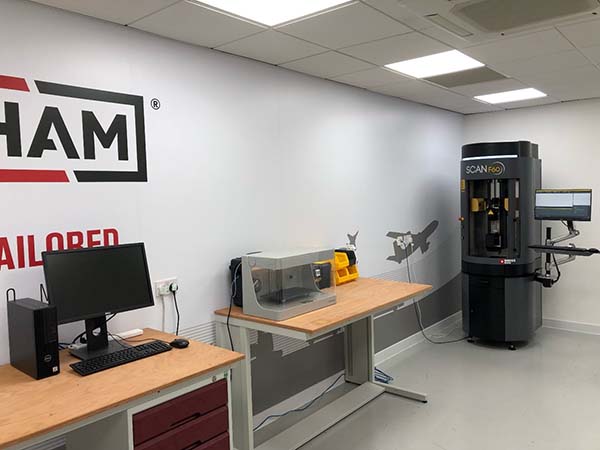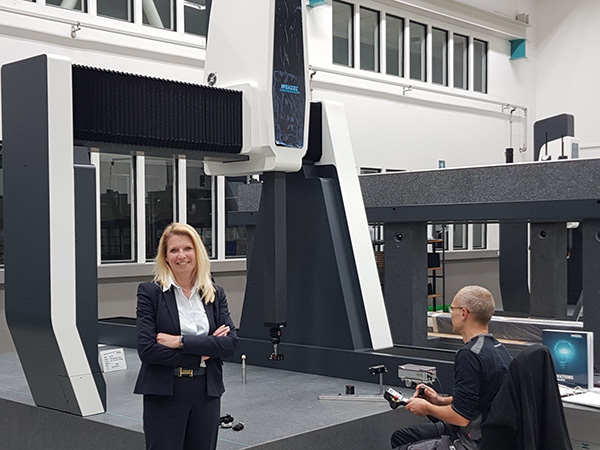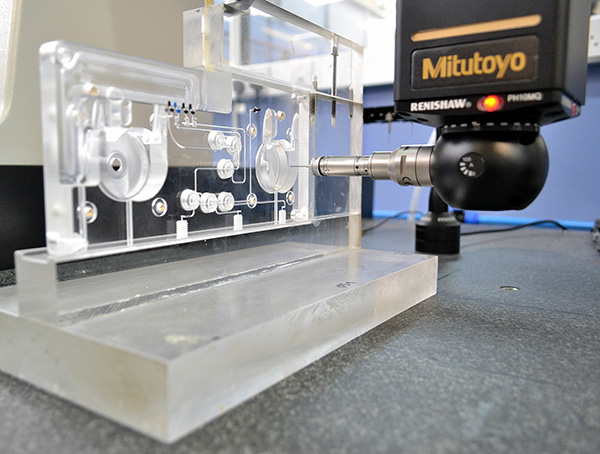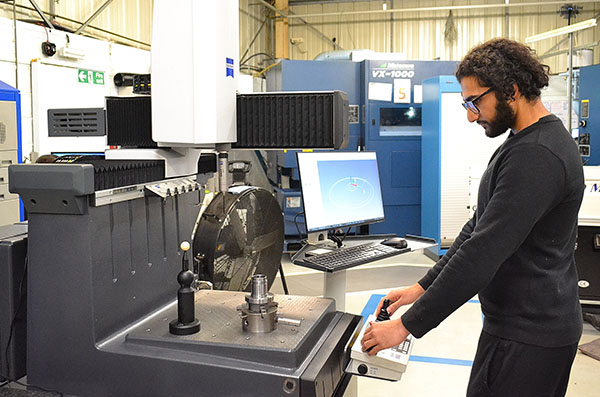
HydraForce, the world’s largest supplier of high-performance hydraulic cartridge valves, electro-hydraulic valves, custom manifolds and electro-hydraulic controls, has invested in an Accretech RondCom NEX roundness and form measuring instrument.
European quality/warranty manager at HydraForce Birmingham, Ali Mohammed, says: “We manufacture a comprehensive line of high-quality hydraulic valves and manifold systems to quality standards that include ISO9001 and QS9000. The bores in our hydraulic manifolds have extremely challenging geometrical tolerances. Parameters checked include roundness, roughness, cylinder form, perpendicularity, parallelism, straightness, flatness, coaxiality and concentricity. All of these attributes need inspection to an extremely high degree of accuracy.”
HydraForce recently increased its number of European suppliers and reduced the amount components it imports from its US plant. As all of the parts previously sent from the company’s North American operation arrived in a fully inspected condition, to enable all brought-in European components to be 100% inspected HydraForce needed to increase its quality control capacity in the critical area of highly precise bore geometry measurement.
“This situation was further compounded as we have recently considerably increased our bore honing capacity,” says Mohammed. “To help overcome these potential difficulties I searched for a suitably accurate and efficient profile measuring instrument. Having studied the available models from three leading metrology manufacturers I came to the decision that Accretech’s RondCom NEX CNC instrument was the most capable option.
“As the RondCom NEX is relatively easy to operate, following operator training our new Accretech profile measuring instrument soon proved its high-precision capabilities across all bore parameters,” he continues. “Since we are now able to recall pre-written programs and start fast, highly-accurate bore inspection routines, our RondCom NEX is making a significant contribution to the efficient operation of our quality department.”
For further information
www.accretech.eu






